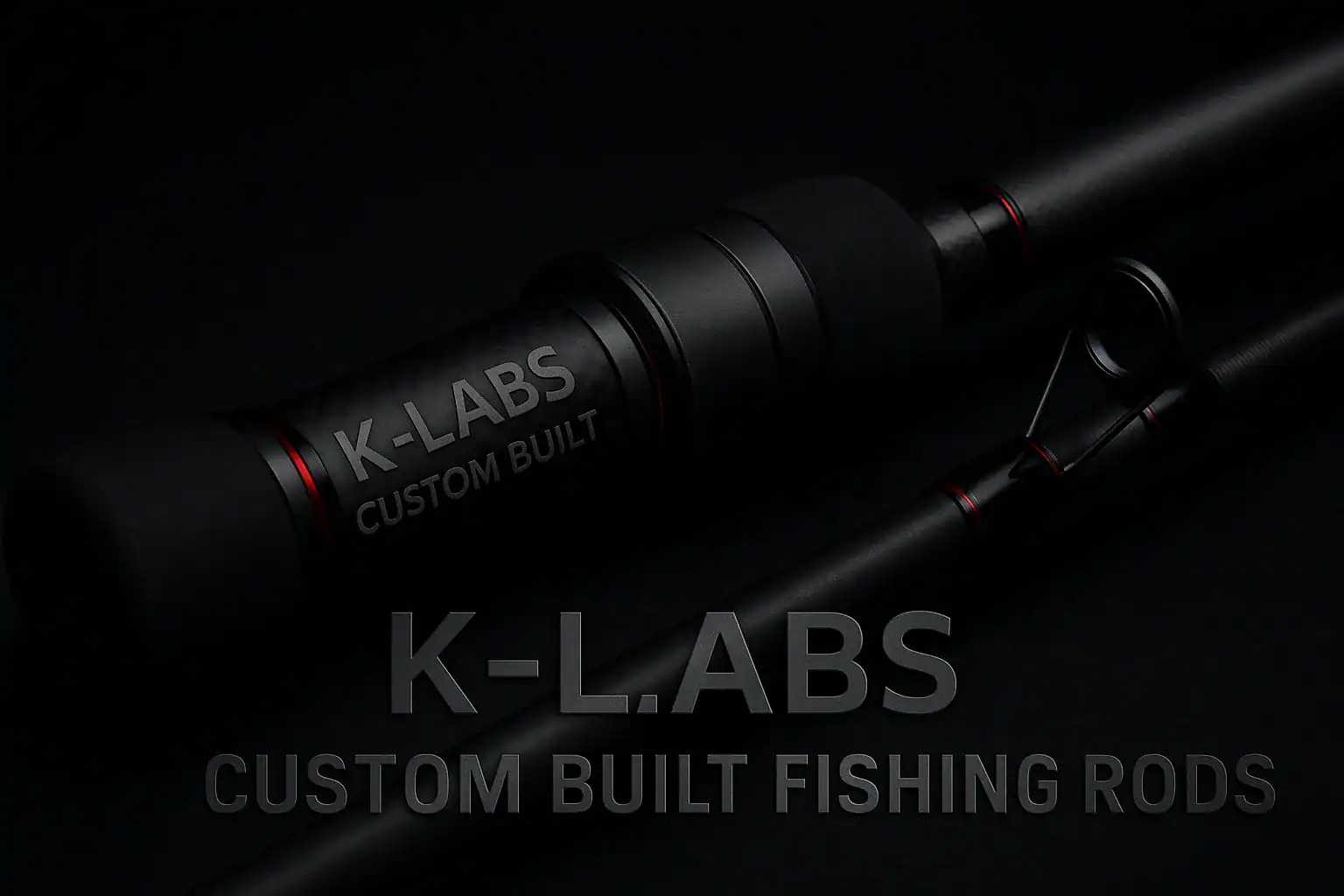
Acid Wrap Jig Rods: The Pros, Cons & Why They Haven’t Reinvented the Jig Rod
An acid wrapped jigging rod — also called a spiral wrap rod — is a purpose-built weapon for vertical jigging that eliminates twist and torque. While they’ve been around for decades, these rods are gaining fresh attention from serious anglers in New Zealand who want better performance under heavy load. In this post, we break down the pros, cons, and why acid wrap rods still matter today.
What Is an Acid Wrap Jig Rod?
An acid wrap rod takes a conventional (overhead) reel setup and gradually transitions the guides to the underside of the blank, similar to a spinning rod. The idea is to reduce torque on the blank and improve stability under heavy loads. The term “acid wrap” comes from the theory that the transition looks a bit chaotic at first glance—like it was designed by someone on an acid trip.
The Spine of the Blank & Guide Orientation
Every blank has a natural spine—a point where it naturally wants to flex. When building a conventional jigging rod, the guides are usually placed on the opposite side of the spine (on the outside of the bend). This gives the blank better recovery and power when loaded up.
With an acid wrap setup, the transition guides start on top (conventional placement) and then rotate the line underneath. The spine still plays a role in overall performance, but because the guides are wrapped around the blank, the placement is adjusted to ensure the rod bends naturally under load while maintaining line control and reducing torque.
Advantages of Acid Wrap Jig Rods
1. Reduced Torque & Wrist Fatigue
One of the biggest benefits is that the acid wrap eliminates the twisting force that occurs on a traditional overhead rod under heavy load. Instead of the blank wanting to roll sideways, it stays in a more neutral position, making it easier to control—especially when fighting powerful fish like kingfish, amberjack, or tuna.
2. Increased Stability Under Load
By directing the line under the blank, acid wraps keep the rod from wanting to turn in your hands. This can be a game-changer for anglers who jig for long periods, as the rod stays more balanced.
3. Fewer Guide Issues
With a standard overhead rod, the line can sometimes push against the guides at an angle, especially when the rod is under serious pressure. An acid wrap distributes that pressure more evenly, reducing the chances of guide frame failure or line digging into the guides.
4. Smoother Fighting Performance
Because the line runs under the blank, the rod works more naturally with the fish’s pull. This can make long fights less punishing on both the angler and the gear.
Disadvantages of Acid Wrap Jig Rods
1. Can Look Strange to the Unfamiliar
Many traditional anglers take one look at an acid wrap rod and think it’s a mistake. The visual difference can make some hesitant to try it, even though the performance benefits are well-documented.
2. Takes More Time & Precision to Build
Setting up an acid wrap isn’t as simple as slapping guides in a straight line. The transition guides need to be carefully positioned to ensure a smooth line path, and small miscalculations can cause friction or line slap. It’s a more involved process for the builder.
3. No Clear Strength Advantage Over a Well-Built Conventional Rod
While acid wraps improve stability and reduce torque, they don’t necessarily make a rod stronger or more powerful than a standard jigging rod built correctly. Some anglers prefer the traditional guide layout and don’t feel the need to switch.
Why Haven’t Acid Wraps Reinvented the Jig Rod?
Despite their advantages, acid wrap rods haven’t taken over the jigging world for a few key reasons:
Jigging rods already perform well. The best modern jig rods are incredibly strong, lightweight, and well-balanced. While acid wraps help reduce torque, they don’t offer a dramatic enough improvement to replace traditional layouts entirely. They require extra effort to build. For mass production, a straight-line guide train is easier and faster to manufacture. Custom builders love acid wraps, but large-scale rod makers don’t always see the value in complicating production. They have come and gone multiple times. Acid wrap rods have had waves of popularity, particularly in the big-game fishing world, but they always settle back into a niche rather than becoming the dominant design.
Why Acid Wraps Are Still Worth Considering
Even though they haven’t reinvented the jigging rod, acid wrapped jigging rods remain a fantastic choice for the right kind of angler. If you’re fighting powerful fish, jigging for hours, or simply want less wrist fatigue, acid wrap rods are absolutely worth considering. They’re not for everyone—but for those who get it, they’re a game-changer.
Build Your Own Acid Wrapped Jigging Rod
At K-Labs, we build custom acid wrap rods right here in NZ — engineered for balance, power, and serious performance.
👉 Start your custom build or contact us to talk about your perfect jigging setup.
An acid wrapped jigging rod, also called a spiral wrap rod, has guides that rotate around the blank to the underside. This helps eliminate rod twist, improves power transfer, and adds stability when fighting big fish — especially during vertical jigging.
Yes — acid wrap rods reduce the torque that normally causes spinning rods to roll in your hand under pressure. By wrapping the guides around the blank, they keep your rod stable and aligned when fighting hard-pulling fish.
Absolutely. They’re purpose-built for vertical jigging where rod torque and control really matter. Many anglers find they reduce fatigue and improve hook-up and fighting efficiency.
Yes — at K-Labs we custom build acid wrapped rods right here in NZ, tuned to your specs, your style, and your target species.
